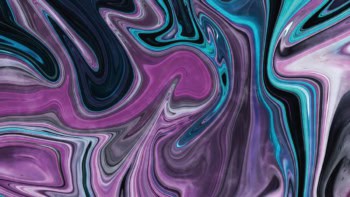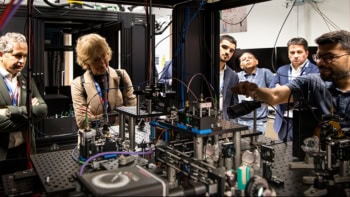By James Dacey in Beijing on Friday 4 November
After enjoying clear blue skies for the first couple of days of my visit to Beijing, the breeze has disappeared and the smog has taken its hold. One local scientist told me this latest wave is due to pollution from factories south-west of the city, but others have told me it is difficult to pinpoint a particular source. Facemasks are being worn by every other person in the streets, but fortunately I’ve been sheltered by the walls and ceilings of Peking University (PKU).
I’ve been at PKU primarily to attend a conference celebrating the 50th anniversary of the JPhys series of journals, published by IOP Publishing (which also publishes Physics World magazine). The event has been aimed at early-career scientists and I contributed by giving a presentation about the practice of science journalism. The delegates seemed interested in the idea of how quality media coverage can help to increase the impact of their research. I also shared some tips on how Chinese researchers can attract the attention of journalists – for instance through social media or contacting us directly.
During the event I met Ying Jiang, a researcher at the International Center for Quantum Materials (ICQM), part of PKU’s school of physics. He gave me a tour of his lab where his group is studying the structure and dynamics of water at solid surfaces. They study the quantum behaviour of protons in water molecules, using a combination of atomic force microscopy (AFM) and scanning tunnelling microscopy (STM).
Jiang’s research could help to understand the fiendishly complicated phase transition that water undergoes when turning to ice. A better understanding of how water behaves at the interface with solid surfaces could also benefit materials science as well as environmental and biological studies. To find out more take a look at the interview above that I recorded with Jiang alongside one of the STMs in his lab.



